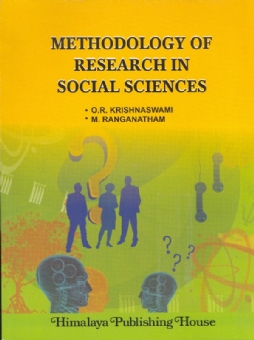The basic principle in writing of this CSIR-NET-GATE book is to create a guiding text for students- a text which represents the material in a way that encourages the students for the logical thinking about what they have learned theoretically in their bachelors / masters.
At present in India, the national level competitive examinations such as CSIR-NET-JRF, UGC-SLET (SET), IIT-JAM, TIFR, IISc, BARC, ONGC and DRDO exams are of great importance to start advance career after basic graduation/ post graduation studies. These above competitive exams test the in-depth and practical knowledge of various basic concepts. Cracking of any above national competitive examination opens several doors of opportunities in the field of industrial/scientific research and may offer excellent job opportunities in the research as well as teaching field. However, the percentage of qualifying students is varied from the 1-10 %. Hence, an attempt has been made by authors to design the book in such a way that students will become more familiar with the type of conceptual questions that are asked in above said competitive exams.
Contents :
1. Atomic structure and Quantum chemistry
2. Valence shell electron pair repulsion theory (VSEPR)
3. Molecular orbital theory of diatomic molecules
4. s and p-block elements
5. Transition / Inner-transition Elements
6. Bio-inorganic
7. Term Symbol and electronic spectroscopy
8. Organo−metallic Chemistry & catalysis
9. Borane, Silicates, Isolobal fragments, Cages & Metal Clusters
10. Inorganic Reaction Mechanism
11. Point group / Symmetry element
12. Solid state
13. Molecular Spectroscopy
14. Aromaticity
15. Organic Reaction Mechanism :-
• Common Organic Reactions & Reactive intermediates
• Organic Name Reactions & Rearrangements
• Reagents in Organic Synthesis
• Mechanisms of Organic Reactions : Labelling and kinetic isotope effects, Hamett equation, neighbouring group participation.
16. Stereochemistry
17. Organic spectroscopy
18. Pericyclic reactions
19. Photochemistry
20. Heterocyclic Chemistry







